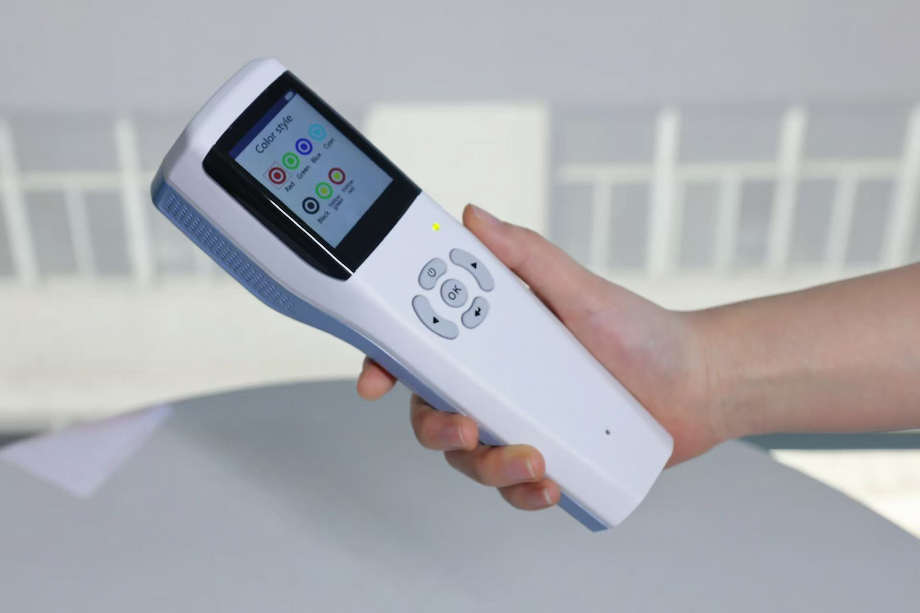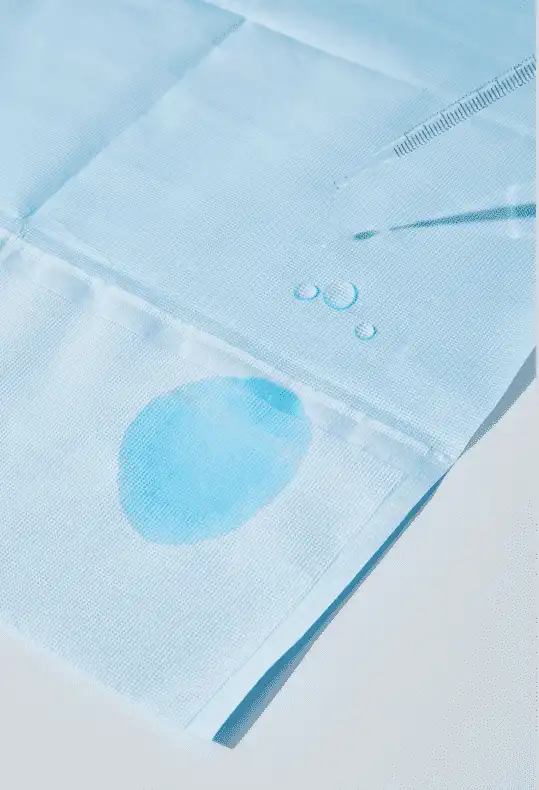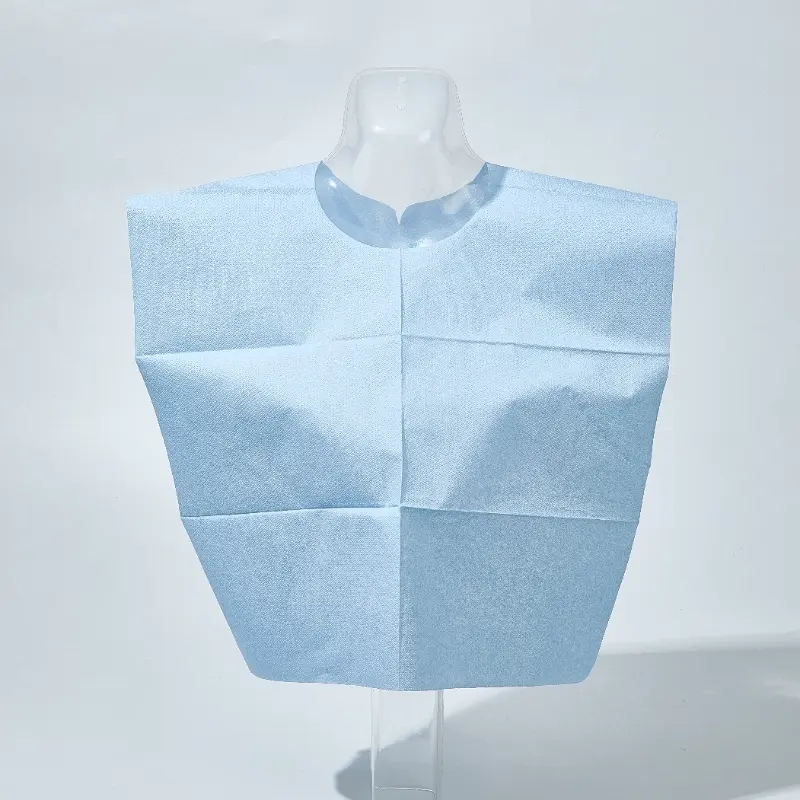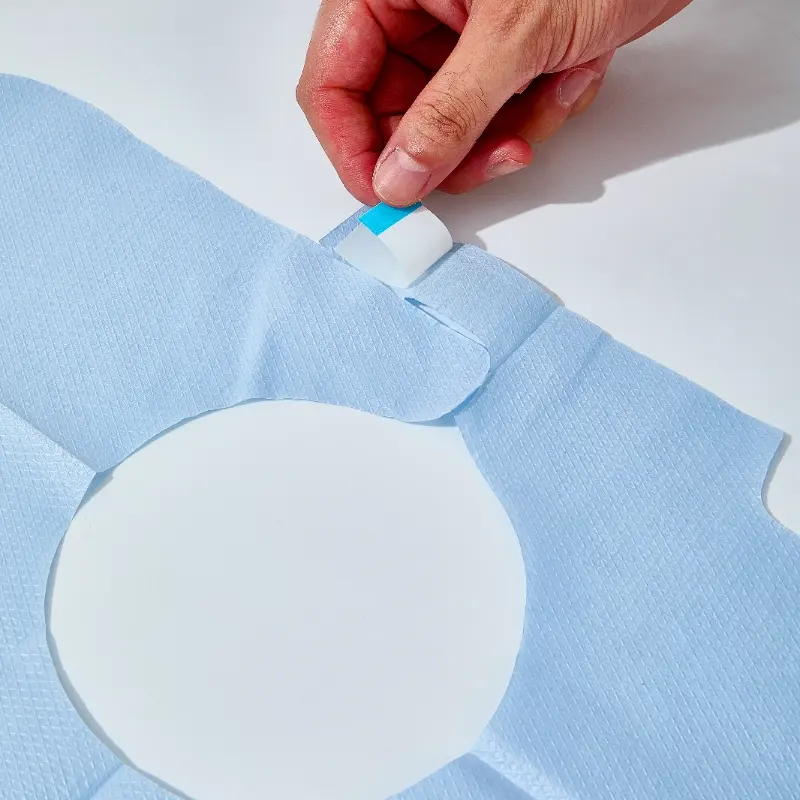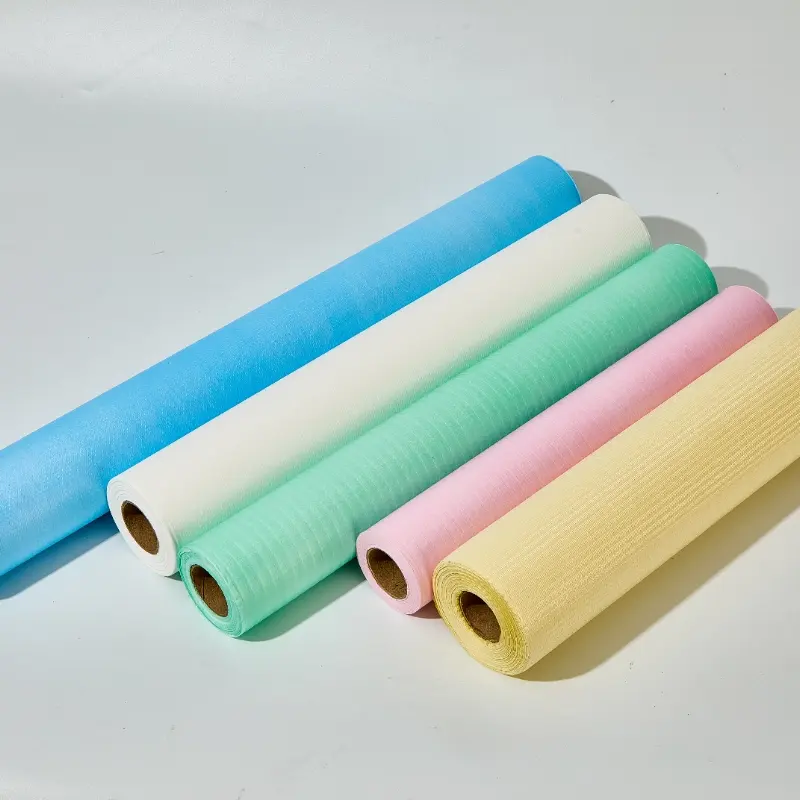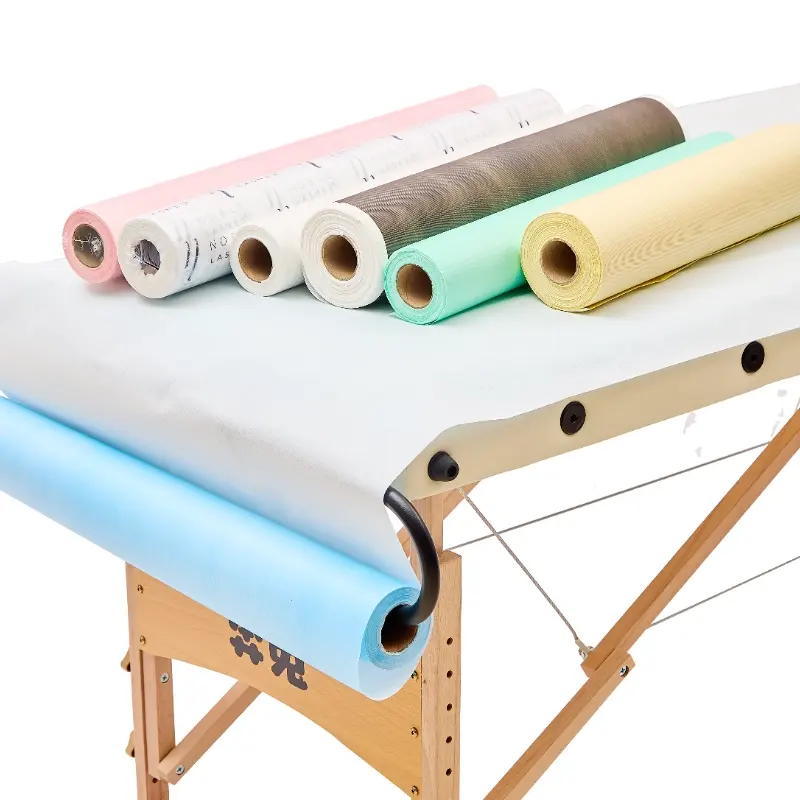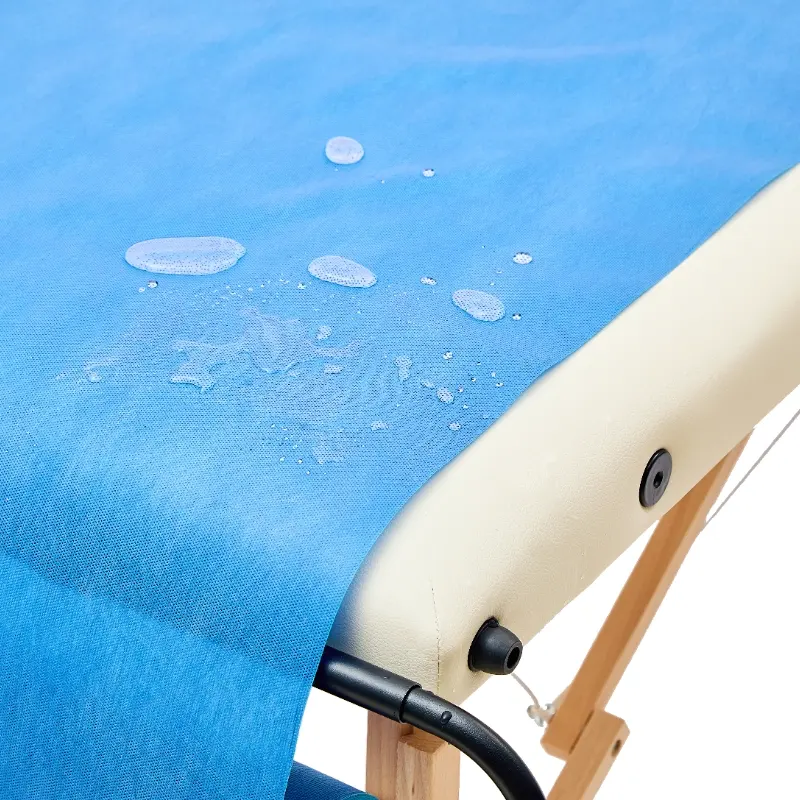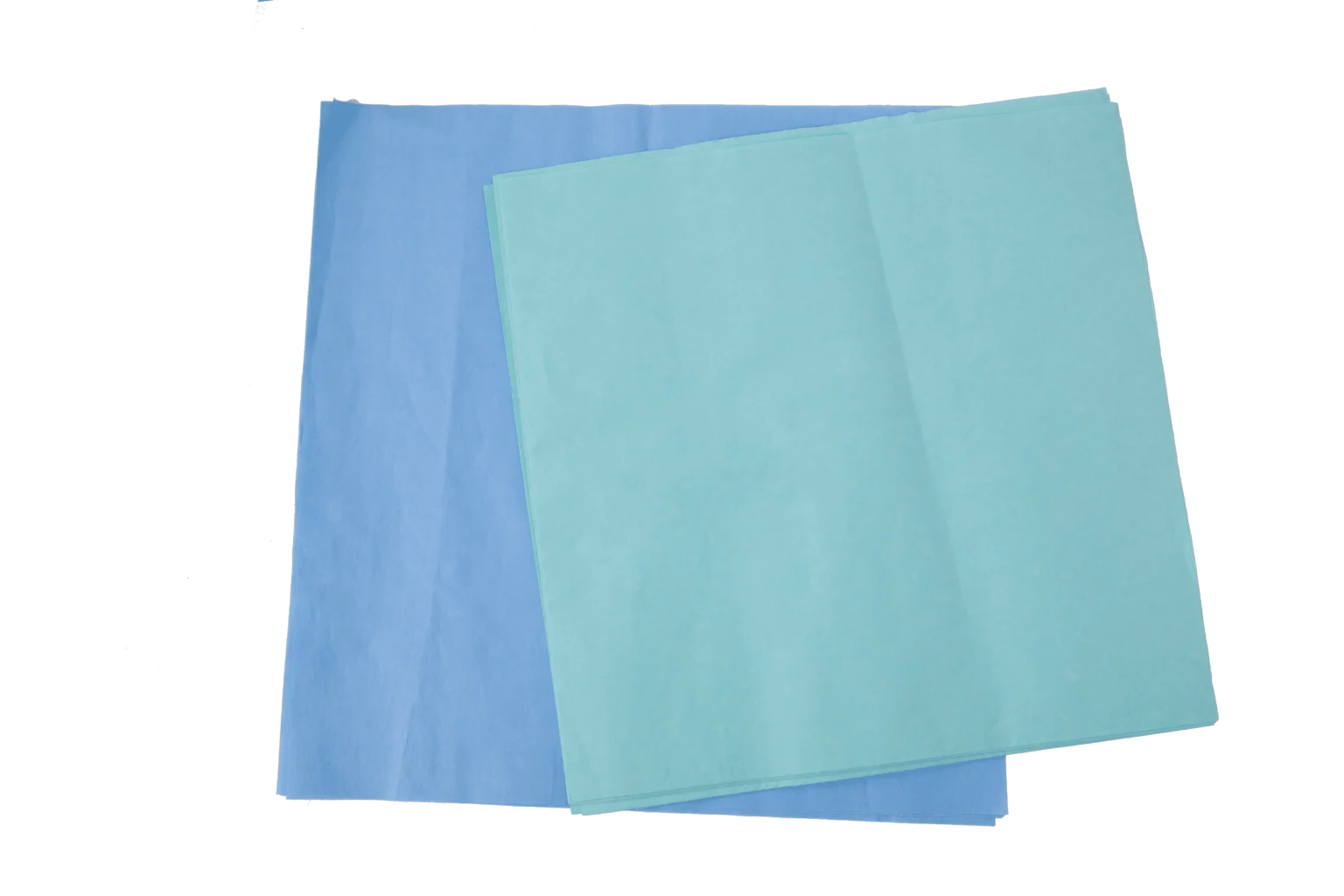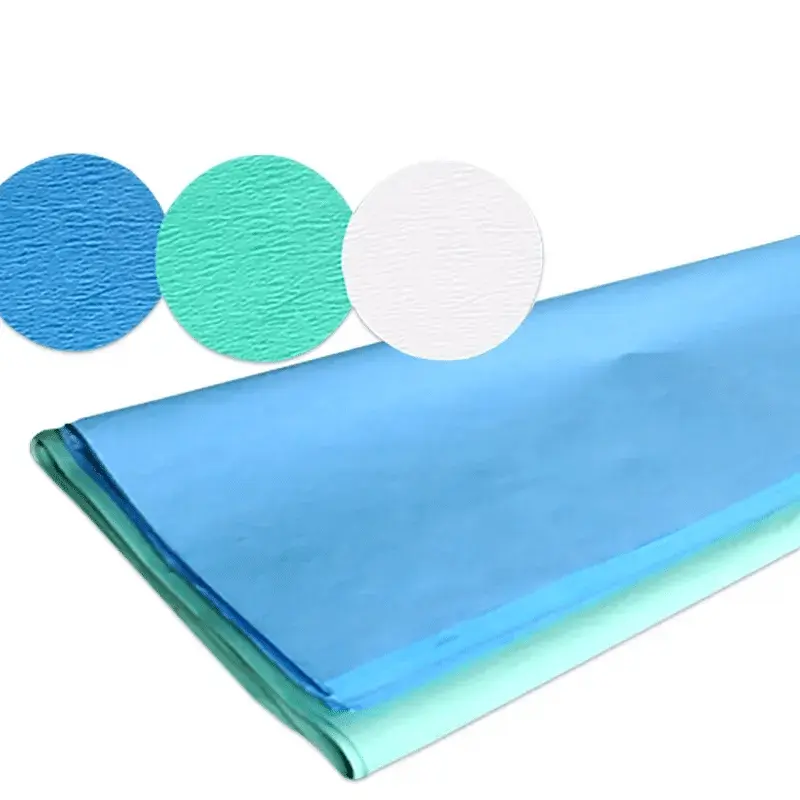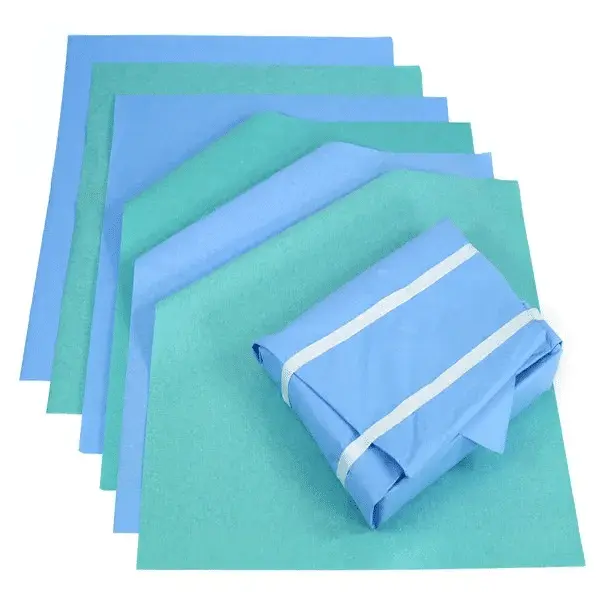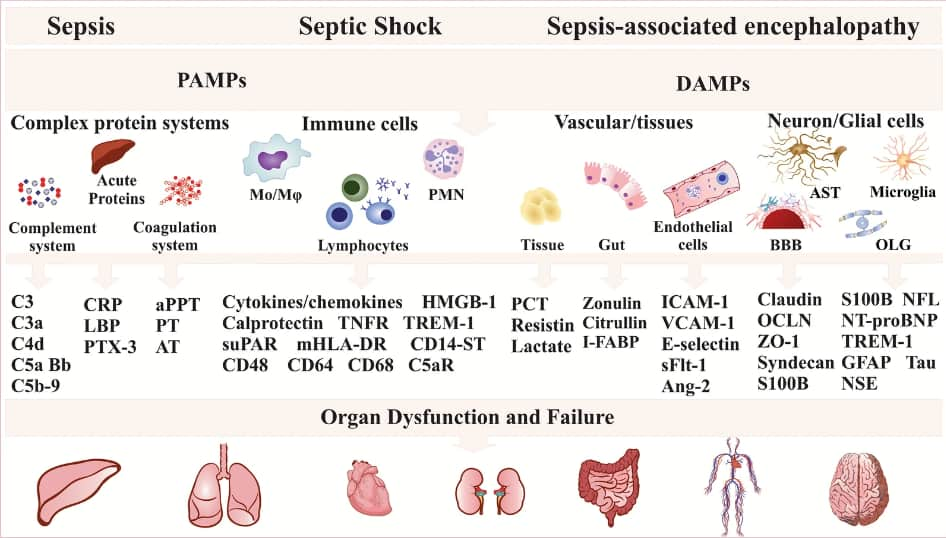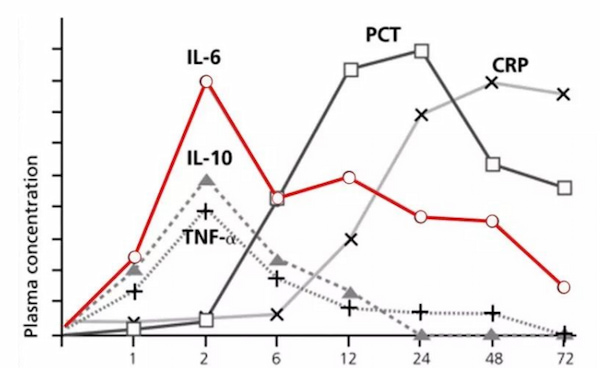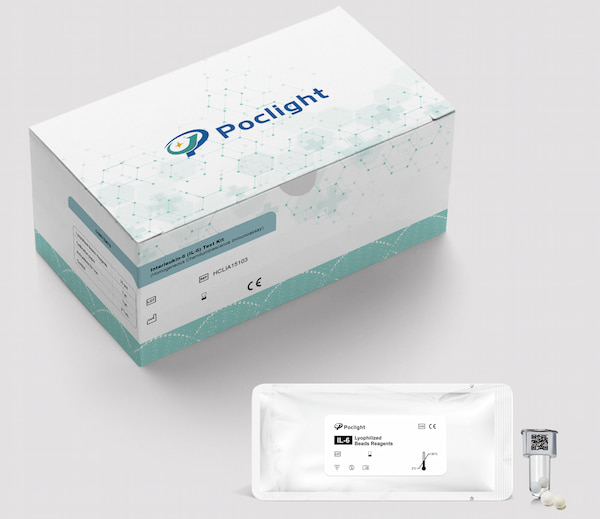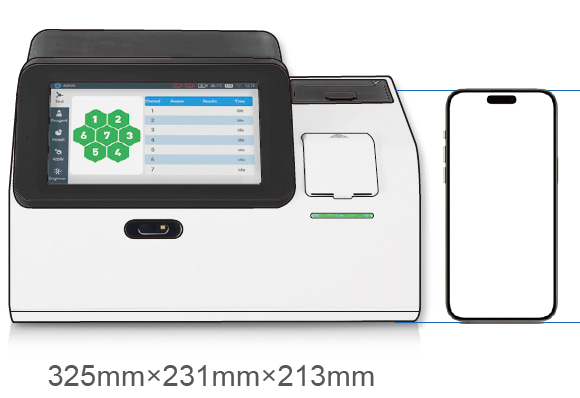AGISEAL A Safe and Effective Choice for Weight-loss Surgery
Since the 1950s, the medical field has been dedicated to solving the "century-old problem" of obesity. In 1952, Swedish doctor Henrikson attempted to treat obesity through extensive small bowel resection. By 1966, a doctor in the United States, inspired by the significant weight loss of patients who had undergone total gastrectomy, designed the prototype of the gastric bypass procedure. Since then, weight loss surgery has continually evolved, from open surgery to minimally invasive techniques like sleeve gastrectomy and RYGB gastric bypass, significantly improving safety and effectiveness.
There are various types of weight loss and metabolic surgeries, but sleeve gastrectomy has become the most widely used procedure globally due to its simplicity and lower risk of complications. By reducing stomach volume and restricting digestion and absorption, it can achieve long-term stable weight control and also improve obesity-related chronic diseases such as hypertension, diabetes, and sleep apnea. This has led to the shift of weight loss surgery from being merely a weight loss procedure to becoming a standard treatment for metabolic diseases.
As the number of patients undergoing these procedures continues to grow, the patient profile has also become clearer. Patients undergoing weight loss surgery typically have high demands for surgical safety and low tolerance for complications. Many guidelines emphasize the proper use of energy-based devices, as the occurrence of complications like gastric leakage is closely related to them. Since the early use of electrosurgical instruments in surgeries, devices that convert electrical energy into heat to achieve hemostasis have gradually replaced traditional cold knife cutting and suturing tools. Current mainstream devices, such as high-frequency electrosurgical knives, ultrasonic knives, and large vessel sealing devices, offer excellent hemostasis, quick cutting, high safety, and effectiveness, making them essential tools in modern surgery.
AGISEAL is one of these devices. It is based on the bipolar mode of high-frequency electrosurgical knives, with intelligent updates and iterations to the main unit technology, and has undergone optimization to enlarge the instrument's jaw for sealing and cutting large-diameter blood vessels (below 7mm). This significantly reduces the complex operations and time required by traditional suturing, earning it the title of "advanced bipolar." AGISEAL has shown excellent application in weight loss and metabolic surgeries and has received widespread praise from clinical experts. For example, under precise energy control, it reaches the minimum heat level, ensuring good clinical outcomes while maximizing the avoidance of burns to the gastric wall and the gastric fundus HIS angle, thereby reducing complications such as gastric leakage and gastroesophageal reflux. It meets patients' treatment needs while safeguarding their prognosis and precisely matches the patient profile.
Moreover, it combines safe sealing, rapid cutting, non-invasive holding, and fine dissection in one device, which means there is no need to switch surgical instruments or perform suturing and ligation when handling the stomach's greater omentum and short gastric arteries. A single SL0844 can efficiently complete the task, significantly reducing the operational time, helping to save on surgery time, and improving the operational efficiency of medical institutions and clinical departments, ultimately enhancing overall benefits.
In conclusion, the AGISEAL series is the undisputed choice to ensure surgical safety and improve efficiency in weight loss surgery.
